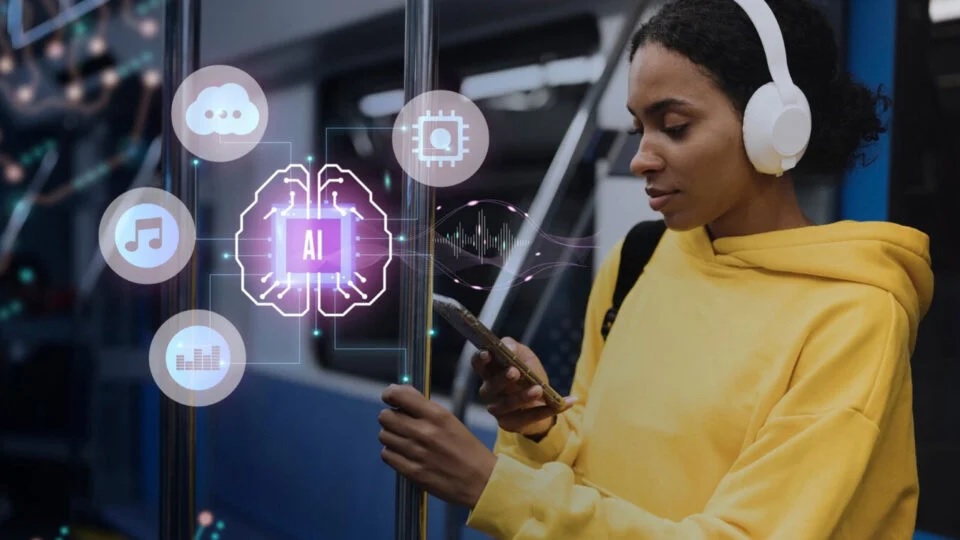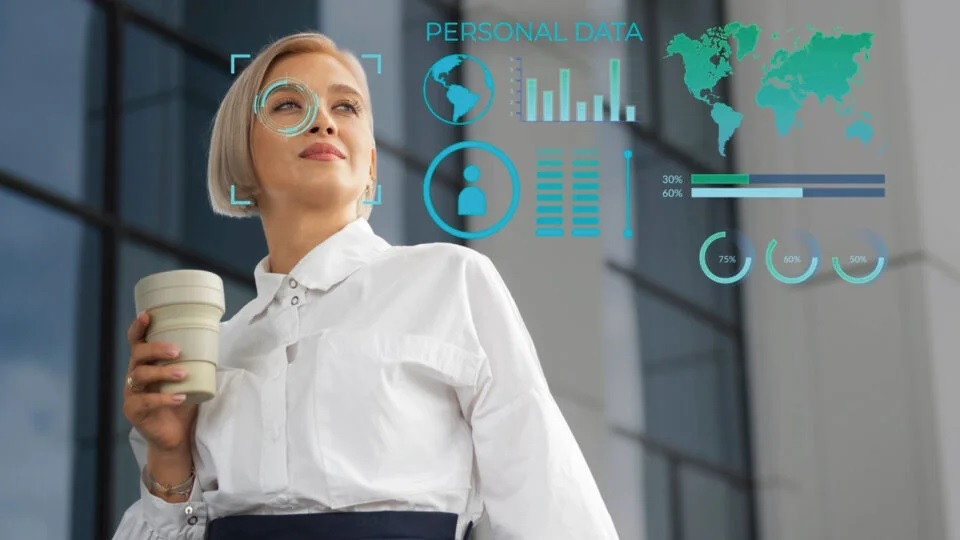The rise of Generative AI (GenAI) has enormous potential for the banking and finance industries. By utilizing GenAI, banks and credit unions speed applications from submission to approval, save time and effort, and deliver a desirable customer experience.
A recent report from the Society for Human Resource Management (SHRM) and The Burning Glass Institute details how GenAI will have an outsized role on the banking and finance industries. The report lists Morgan Stanley, Bank of America and Northwest Mutual as some of the organizations that are most likely to capitalize on the implementation of GenAI. Their study also measures GenAI exposure among several different professional industries; “investment banking and securities dealing and brokerage” measured third highest while “mortgage and nonmortgage loan brokers” ranked highest overall. If SHRM and The Burning Glass Institute are so convinced that GenAI will profoundly alter how financial institutions operate, what will that change look like and why does it matter?
GenAI is distinct from other forms of automation by its ability to automate what is typically considered knowledge work. This represents a sea change in how professional industries, including financial services, will implement automation technology in their workplaces. In fact, financial services are especially dependent on repetitive manual processes requiring specialized knowledge. Processes like loan underwriting and credit card applications require knowledge workers to manually input data and individually connect with customers or members, which takes up the majority of workers’ time and tasks. GenAI excels in automating repetitive, manual tasks—such as data processing and pattern identification—streamlining operations and freeing up valuable time for knowledge workers.
The applications of GenAI within financial services manifest in both evident and nuanced ways, each offering distinct advantages to forward-thinking institutions. Many industries have begun employing GenAI solutions as chatbots for customer service, and financial services are no exception. GenAI-powered chatbots, operational around the clock, offer an immediate response to customer inquiries, significantly reducing the need for direct intervention by skilled professionals and enhancing service efficiency. However, these solutions become even more compelling for financial institutions when embedded in the bank or credit union’s broader systems. For example, a loan applicant can interact with a GenAI-enabled chatbot and get a real-time status update on their loan status by providing a few identifying details. In this way, GenAI increases efficiency while also directly improving the customer or member experience.
GenAI technology is novel, and its implementations are sure to evolve further in the coming months and years. However, its potential for financial services is undeniable. In order for banks and credit unions to take full advantage of this nascent technology, financial institutions need to create AI policies, complete digital transitions and start exploring and investing in GenAI use cases now.
To Know More, Read Full Article @ https://ai-techpark.com/how-generative-ai-enhances-credit-unions-and-community-banks/
Related Articles -
Spatial Computing Future of Tech
Trending Category - IOT Wearables & Devices











